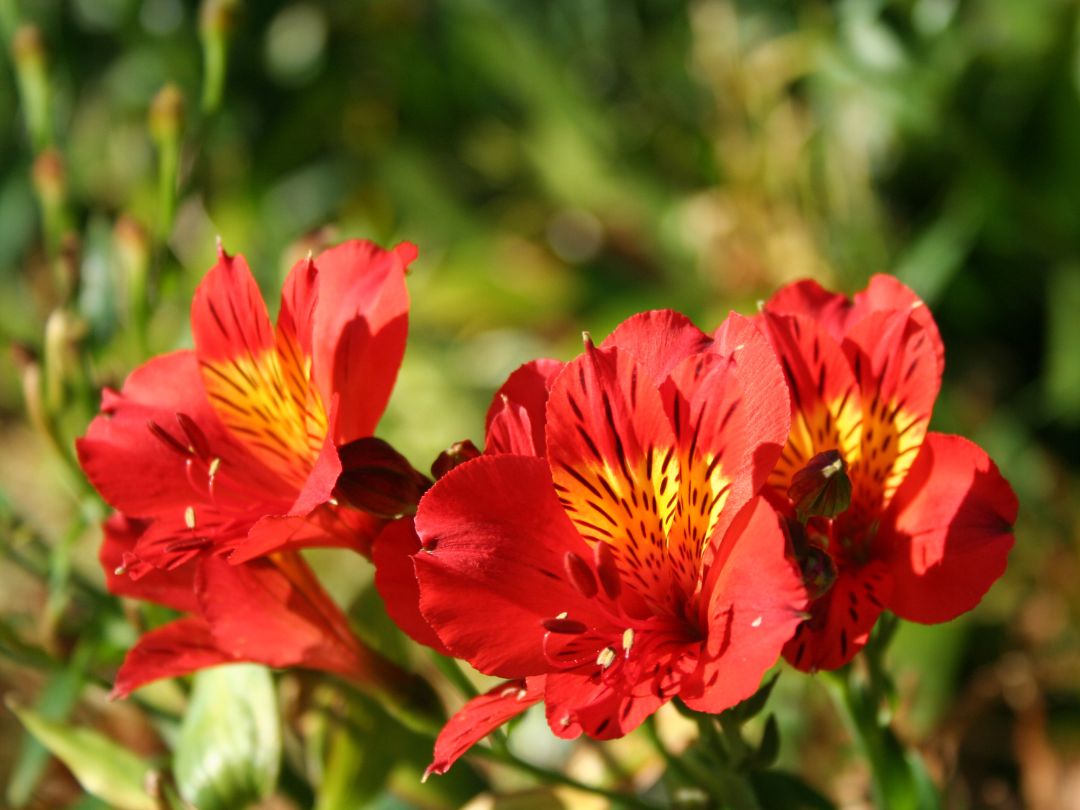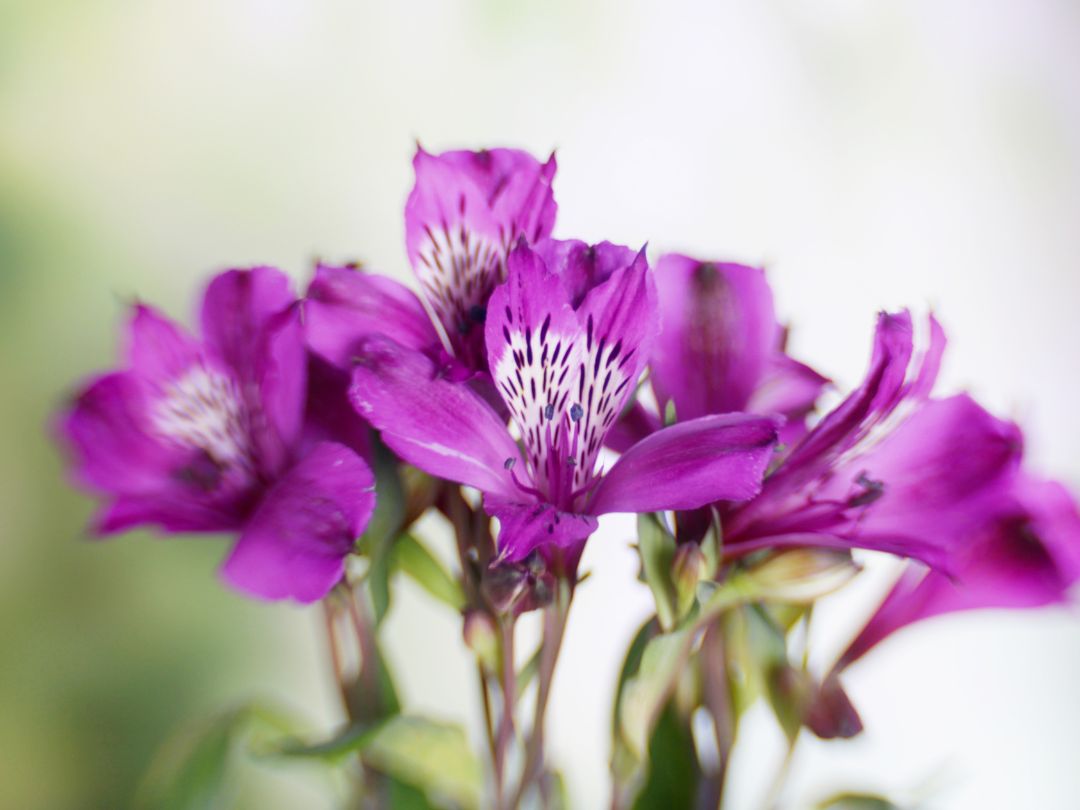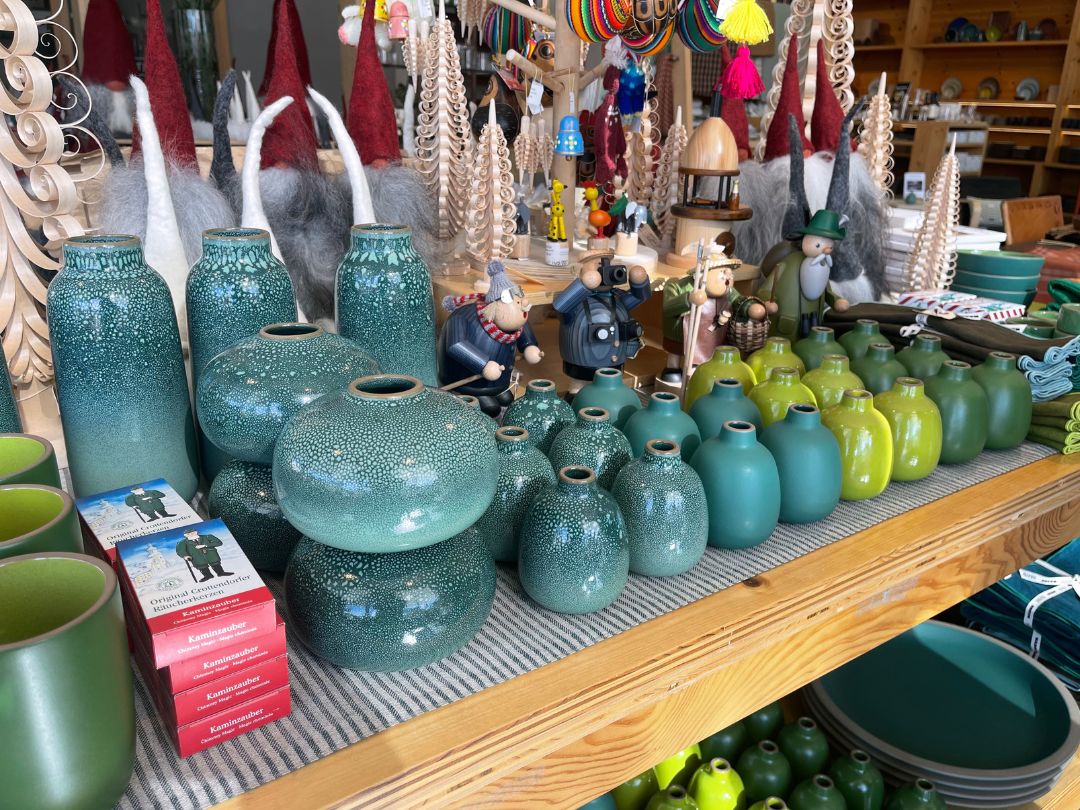When we designed a cut flower garden for my mom some years ago, we included alstroemeria. They were so easy to grow in her climate, taking off quickly and filling the flower beds. They are glorious cut flowers, long stemmed and long lasting. We used a variety much like the Alstroemeria aurea from my childhood along with a pink variety.
Alstroemerias in Your Garden or Vase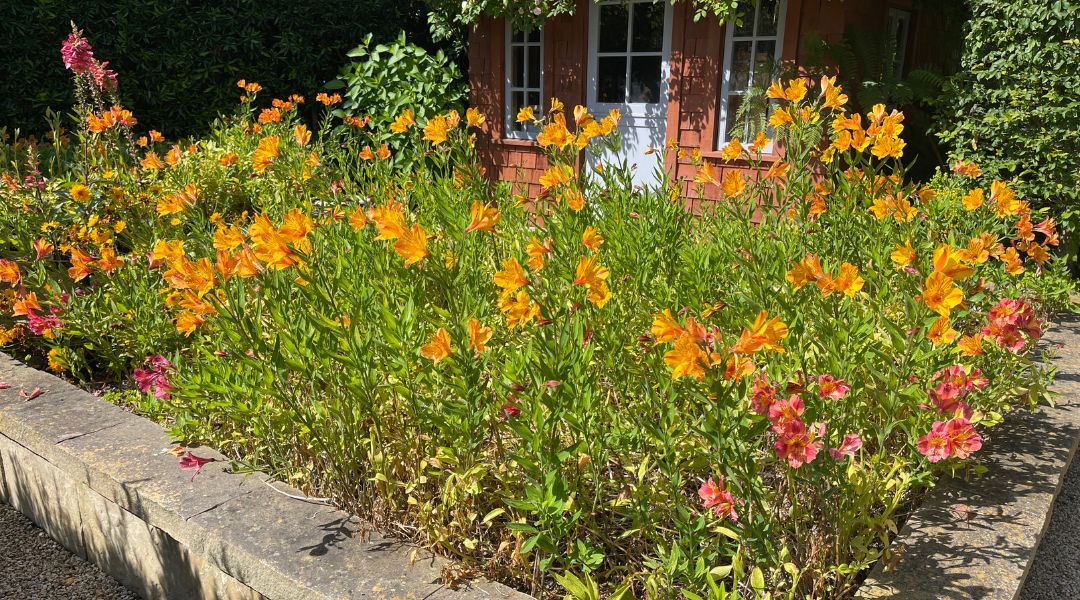
When cared for properly, alstroemerias can last up to two weeks. But I find it a bit difficult to keep them looking good for so long. When you arrange them in a vase, you’re told to cut about an inch off the bottom of the stems at a 45-degree angle. This is true for all flowers, I believe. This helps the flowers absorb more water and extends their vase life. Then, you need to change the water in the vase every couple days, and re-cut the stems if necessary. With these (supposedly simple) steps, your alstroemerias will look fresh and vibrant for a long time.
I often get lazy and stop refreshing the water and cutting the tips of the stems. I’m more likely to replace the water if it’s purely an alstroemeria arrangement. If I must undo an entire floral arrangement, well, I tend to just pull the flowers when they go and replace them. I will add water when the water in the vase gets low.
If you value the floral arrangement you have, it is well worth the effort to re-cut and replace the water, while making sure no leaves are underwater.
I once had to do a floral display on the quick-and-cheap, and I grabbed a bunch of alstroemeria from Trader Joe’s to work into my display. I found them hard to work with at first. I always hoped my arrangements were better than the sum of their parts, and my first arrangements with alstroemeria missed the mark.
The flowers grow in clusters, so there are usually a few on each stem to work with, sometimes as many as 8 flowers on a stem. I found them a bit unruly – their multiple flowers invading the space of neighboring flowers and feeling, well, pushy and pedestrian. The cheapness and supermarket availability somehow took away their beauty, dragging the other flowers down with them.
Alstroemerias are ubiquitous. In fact, they are known to be one of the largest crops in the cut flower market worldwide. Over time, I’ve come to welcome their availability, their dependable and long-lasting blooms, and the surprising new variations we can find them in.
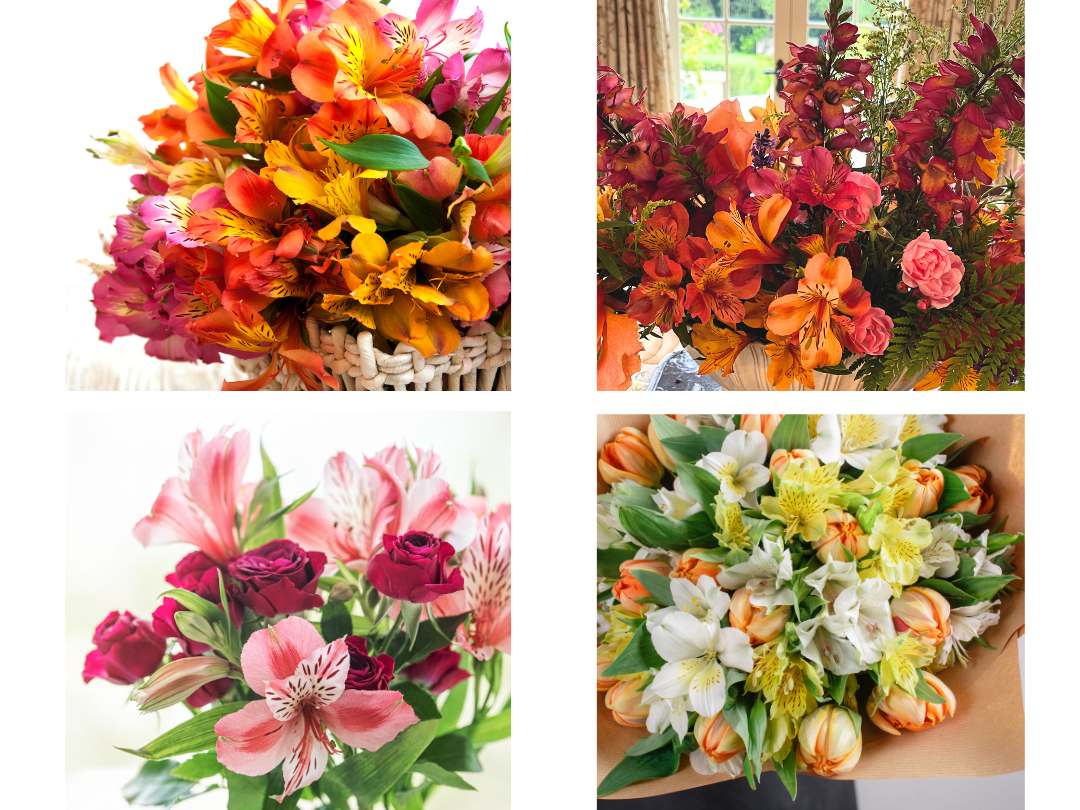
As decades have passed, the available varieties of alstroemeria have skyrocketed. The floral industry took them on and have created alstroemerias with larger flowers, a bigger range of colors, and overall stronger stems. (I’ll spoil a surprise, Alstroemeria Fashionista Pink, anyone?)
The flowers will bloom from spring to fall and require little to no maintenance at all, one of the many reasons why alstroemerias have become an all-time favorite flower. When growing them it is recommended that the old stems be removed from time to time to keep the plant from going dormant.
Alstroemeria are also known as Peruvian Lily and Inca Lily. This is a hint to where the flower originates from. They like it on the warm side and are winter hardy in USDA Zones 6-10. Finding a spot in the garden with fertile, well-drained soil and full sun in the morning but some shade in the afternoon would be their sweet spot.
Don’t bother going in for a whiff, the Peruvian Lily has no scent, making it ideal for those with allergies. It also makes the flowers perfect for mixing with scented flowers.
You’re not supposed to bother with the garden shears either. If you grasp a flower stalk at its base and pull upward until the whole stem comes up from the ground, you’ll encourage the plant to grow new shoots.
What Does the Alstroemeria Flower Symbolize?
My blog partner Karen ain’t going to like this. I think she would put the importance of the meaning of flower right up there with knowing someone’s horoscope. But, in the spirit of deepening our understanding of these flowers, I’m going to plow on, as they say.
The blooms represent friendship, love, devotion, and strength. They are also said to represent mutual support. The colors of the bloom also have a meaning.
The Meaning of the Various Flower Colors
- White Alstroemeria: No surprise here, white alstroemerias symbolizes love, strength, support and purity. Don’t be surprised to see these flowers used at a wedding.
- Yellow Alstroemeria: Vibrant and fun, yellow alstroemeria represent happiness and energy. These are a very cheerful flower.
- Pink Alstroemeria: The pink alstroemeria flower represents romance and playfulness. It is a lovely flower to add to scented pink roses as a display of love.
- Red Alstroemeria: The red alstroemeria color represents passion. You can say ‘I love you’ without the need for red roses.
Types of Alstroemeria
I’m going to cover the taller variety of this spectacular flower. The ones that will make stupendous flowers in your garden as well as in your vase. Most of these, like most other types of Peruvian Lily, are multi-colored.
White alstroemeria
Alstroemeria Casablanca: A beautiful white alstroemeria that was hybridized for the cut flower trade. There is a tint of yellow and pink and the markings are burgundy. If you’re looking for a white Peruvian Lily, some claim this one to be the whitest. It reaches 3-4’ tall.
Other white alstroemeria include A. ‘Aimi’ which gets to 3’ and A. Inticancha ‘Antarctica’ which is a smaller white alstroemeria, getting only 2’ high and wide.
 Yellow Alstroemeria
Yellow Alstroemeria
Alstroemeria ‘Sussex Gold’: Certain gold and orange colored Peruvian Lilies (Alstroemerias aurea) gave the plant a bad name because they can take over your yard and neighborhood. But not ‘Sussex Gold’, which doesn’t “run.” This one doesn’t even seed. The flowers are medium-large (2.5″), open with a light bronze/burnt orange tinge but age to deep, pure yellow-gold.
Another yellow alstroemeria is A. ‘Princess Diana’. This is a dwarf lily, reaching 1’ high and 2’ wide.
Orange Alstroemeria
Alstroemeria ‘Third Harmonic’: As you can see, this lily is similar in hue to ‘Sussex Gold’, the yellow alstroemeria listed above. But these flowers deepen in color from a yellow gold to a dark rich orange. This plant also has wider and more blue-green foliage than ‘Sussex Gold’. It is a vigorous and beautiful perennial growing 4-5′ tall. This variety produces nearly year round.
Another orange alstroemeria is A. ‘Inca Tropic’ which is bright to dark orange. The flower has some yellow along the petals and dark brown markings. This plant reaches around 2’.
Orange/Yellow/Red Alstroemeria
Alstroemeria ‘Indian Summer’: This truly multi-colored alstroemeria has 3′ tall spikes topped with clusters of florist quality, coppery-orange and golden-yellow flowers with dark burgundy streaks on 5’ stalks. The leaves of this lily are a deep purple. San Marcos Nursery refers to this plant as “The Holy Grail of all Peruvian Lilies’.
Pink Alstroemeria
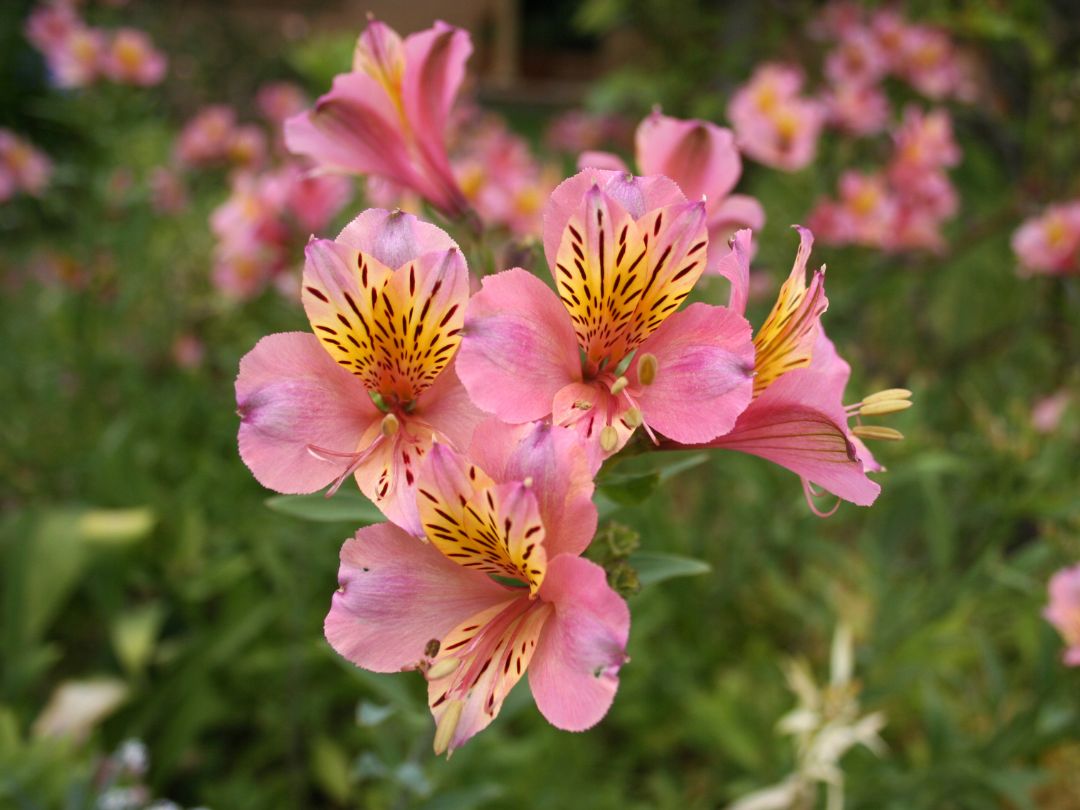
Alstroemeria ‘Summer Relieve’: The rosey-pink flower has some yellow in the leaves and burgundy dashes. The stem of this pink alstroemeria is about 3’. This plant is very similar to A. ‘Mauve Majesty’.
Alstroemeria ‘Prima Donna’ has a pastel pink flower between 2-3’ high. This pink flower has just a touch of yellow toward the throat of the plant, and delicate red markings.
Alstroemeria Fashionista Pink: Yes. That’s right Fashionista. And don’t expect the regular 6 petals of the typical alstroemeria with this flower. It’s a multi-double, single-flower variety. Which basically means it’s showy, with lots of petals and none of that sharing of the stock.
Red Alstroemeria
Alstroemeria ‘Red Sensation’: This red alstroemeria has cherry-colored blooms with yellow – gold toward the center of a couple of petals. This flower also has dark dashes.
Another red alstroemeria is ‘Red Elf’. As the name suggests this is a smaller lily, reaching only about 20”. The bright red flower is much less multi-colored than most of these varieties, with a small to non-existent yellowing at the center or throat of the flower.
Red/Purple Alstroemeria
Alstroemeria ‘Patricia Lynn’: This is a red and purple alstroemeria, whose color is highlighted by dramatic black lines and a contrasting yellow throats.
Purple Alstroemeria
Alstroemeria ‘Azula’: The flowers are medium-large (2.5″), dark lavender with a white zone but no yellow, which intensifies the purple alstroemeria experience.
Other purple alstroemeria are A. ‘Cleo’ which reaches 3’ high, and a dark purple A. ‘Yum Yum Plum’ which gets to about 2’.
I could go on. I’m just getting warmed up! But, hopefully you got the idea that there are a lot of beautiful Peruvian Lilies out there worth exploring.
Want to Know More?
To learn more about the different varieties you can look at Edelweiss Perennials. Their website has pictures of over 50 varieties.
You can also learn about how to grow and care for Peruvian Lily at Gardeners’ World Magazine.
Love the idea of growing your own flowers? There are plenty of flowers that will look good in your garden and provide you with beautiful long lasting cut flowers. You can try Calla Lily, or Bird of Paradise, or Kangaroo Paw, or long lasting Sea Lavender to name a few.
Stuff You’ll Love
A funky vase! Heath Ceramics is a wonderful place to search in person or online for that perfect pottery vase.
I’m going to add one more item here that I LOVE. As a gardener and landscape designer I am always schlepping things to clients and jobsites, most of the time needing to put the bag in the dirt patch of a project.
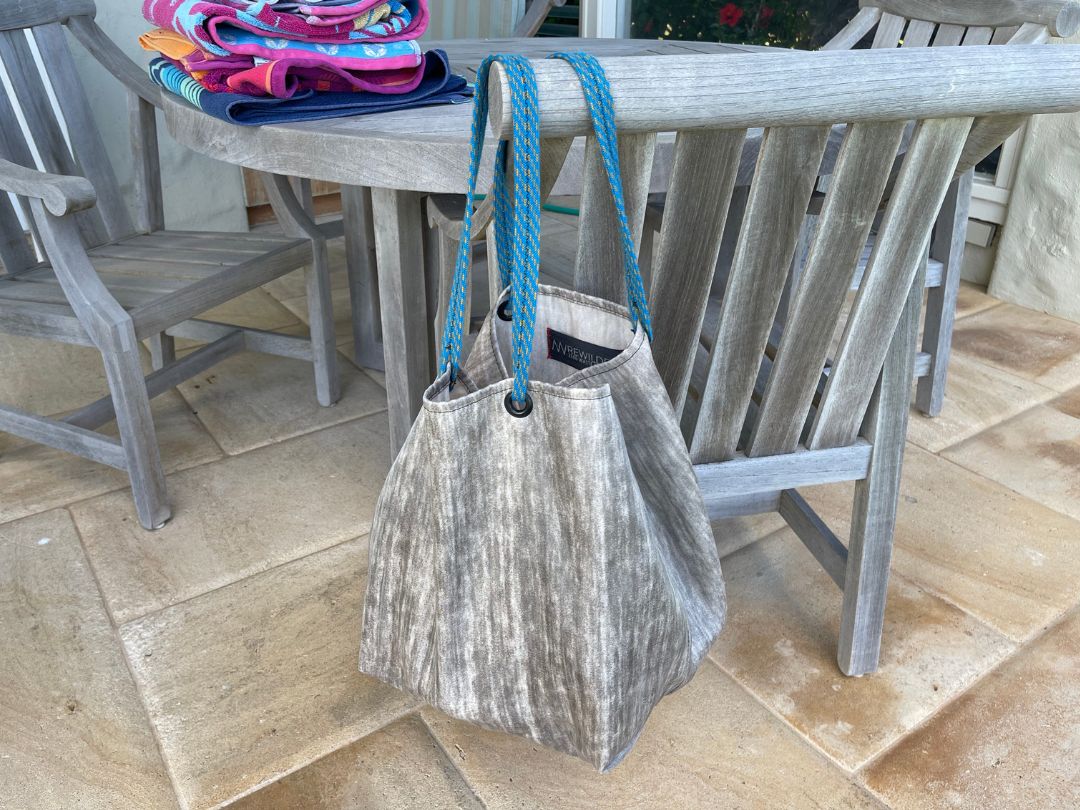
I have found this market/beach/garden goods bag, which according to Rewilder who creates them, is made from “100% salvaged, high-performance materials redesigned into the best bags for the planet. Handmade in Los Angeles. This is zero waste fashion.”
It is also the color of aged teak and seems just as durable. I’m hoping this will be the bag that won’t leave me stranded with a broken strap from wear.
We partner with select companies whose products and/or services we love. Some of the links on this page may be affiliate links. If you purchase an item using our affiliate link, we may receive a small commission (at no added cost to you). We appreciate your support.

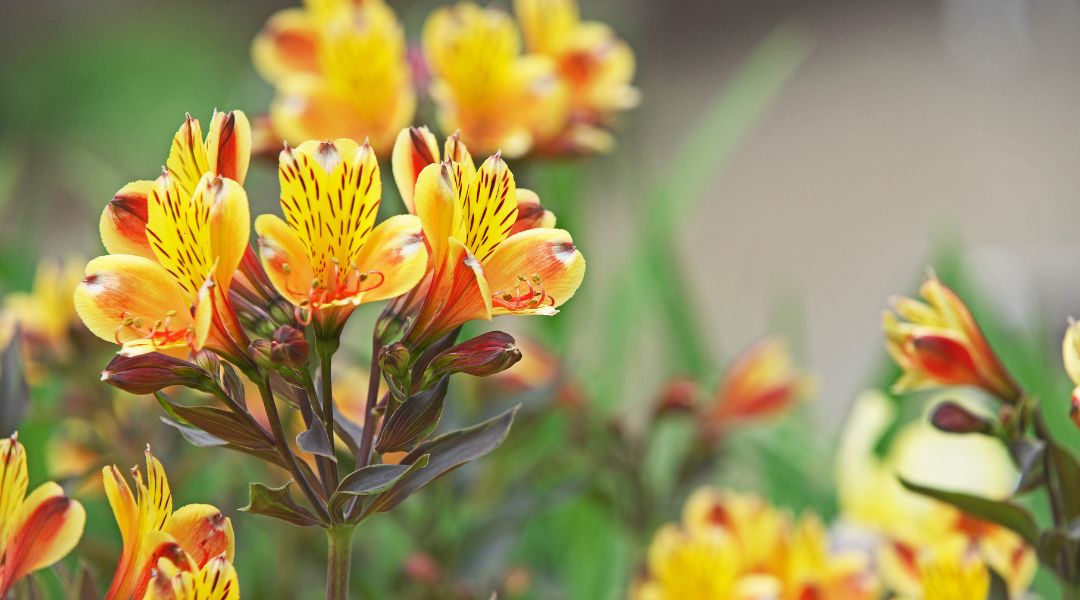
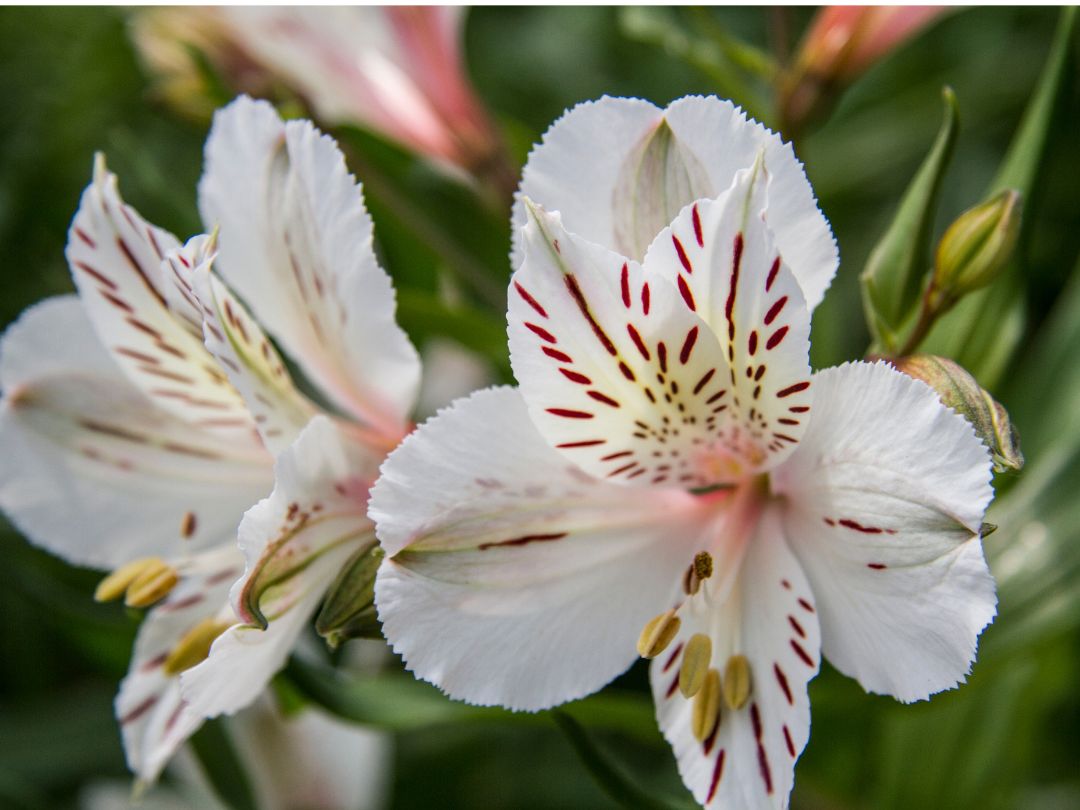
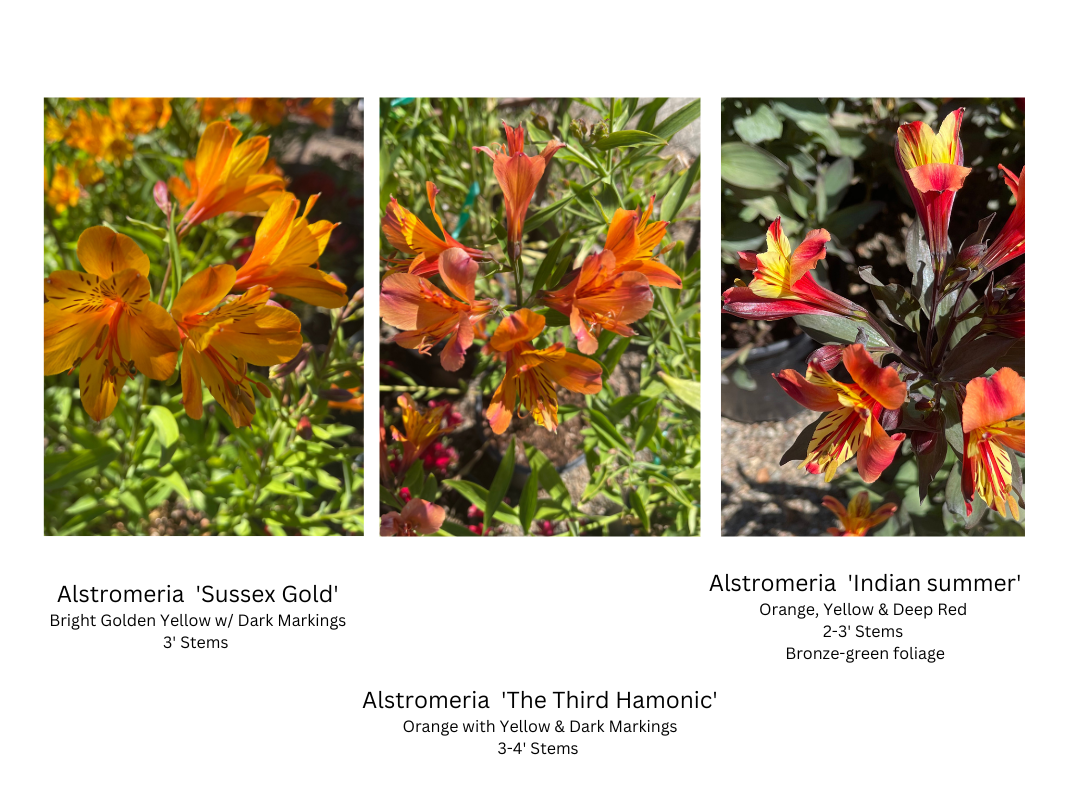 Yellow Alstroemeria
Yellow Alstroemeria